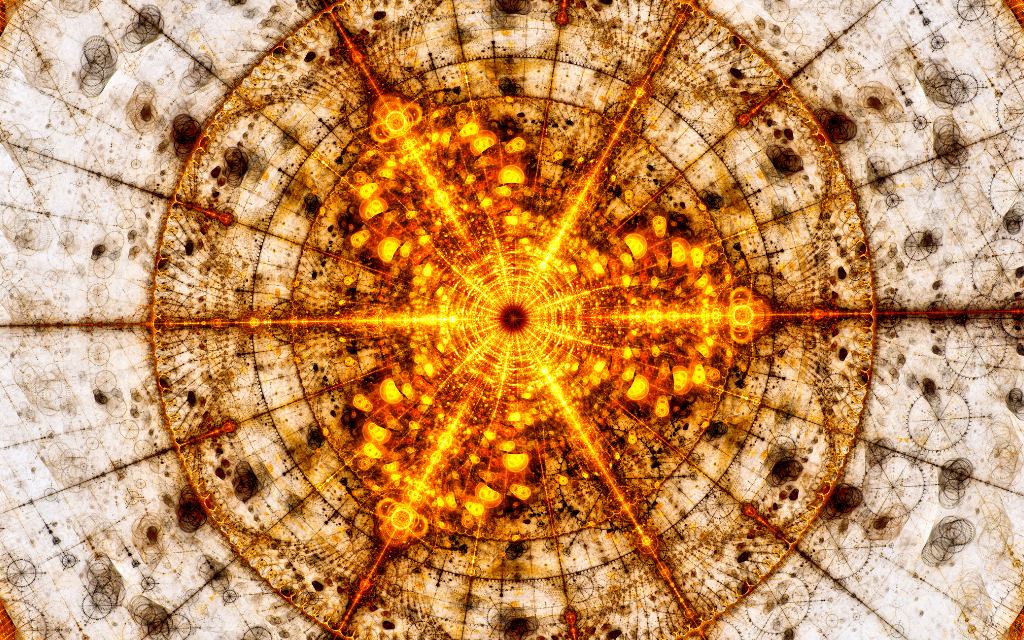A new experiment from the European Atomic Energy Agency could prove the existence of mysterious ghost particles in the universe.
Los Ghost particles that can inhabit the universe have long challenged the conventional understanding of the universe. These hypothetical elements, invisible and undetectable, It can reveal important secrets about the structure of the world around us and its evolution. Now, a new project could take years, researchers say They will try to unravel its mystery and prove its existence.
We suggest: neutrinos, particles that hold the universe's greatest secrets
What are Ghost Particles?
What we can see in space, including stars, planets and galaxies, is only about 5% of the actual matter in the universe. Other Considered a vast “dark universe” of which 95% is still unknown, Dark matter occupies approximately 27% and dark energy 68%. “Dark matter is an invisible form of matter that accounts for most of the mass in the universe,” explains the National Aeronautics and Space Administration (NASA).
Dark matter and energy are considered ghost particles. This class of mysterious particles has been proposed by some theoretical models, and they get this name because they do not interact with observable matter., cannot produce, reflect or absorb light. Also, they are difficult to measure and nothing is known about the components that make it up.
You can also read: Dark galaxies, ancient regions of the universe without stars
An experiment in search of the dark universe
Scientists believe they have found a way to prove ghost particles exist or not. The European Center for Nuclear Research (CERN) has given the green light for an innovative experiment Looking for evidence of these particles that combine energy and dark matter.
New instrument, part Search for Hidden Particles Project (SHiP), It promises to be a thousand times more sensitive than his predecessors. Unlike the Large Hadron Collider (LHC), This device allows the particles to hit a hard surface instead of colliding with each otherIt opens new doors to understanding the composition of the universe.
“What really fascinates me about the experiment is that these particles are right under our noses, but we've never been able to see them because of the way they interact or the way they don't interact,” he said. BBC Professor Mitesh Patel of Imperial College. “We're explorers and we believe we can find something interesting in this new landscape. So we'll have to look.
SHiP project scientists They want collisions to break up particles into even smaller piecesFinally they can be found. The experiment could begin the search for ghost particles by 2030.
Continue reading:
China builds massive underwater telescope to search for “ghost particles”
The darkest matter ever seen
Mysterious dark stars may be hidden in a mirror universe

